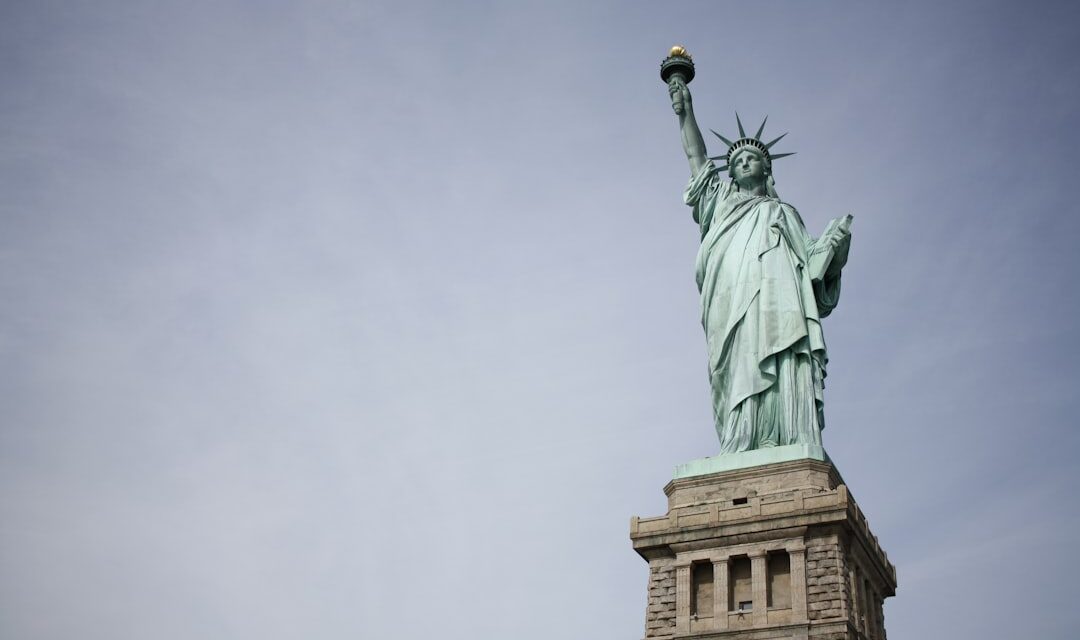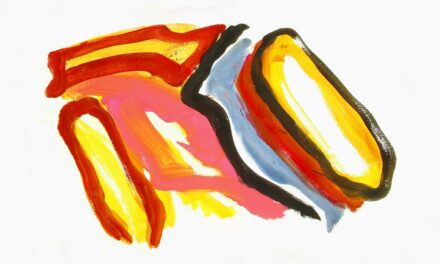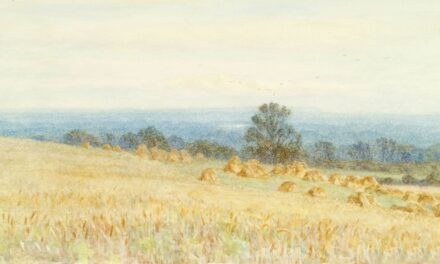Eugène Delacroix was born on 26 April 1798 in Charenton-Saint-Maurice, France. He was the fourth child of Charles-François Delacroix, a government official, and Victoire Oeben, the daughter of a cabinetmaker. Delacroix’s early life was marked by tragedy, as his father died when he was merely seven years old.
Despite this loss, Delacroix’s mother encouraged his artistic talents and provided him with a robust education. He attended the Lycée Louis-le-Grand in Paris, where he excelled in his studies and developed a passion for literature and the arts. Upon completing his education, Delacroix pursued a career in art, enrolling at the École des Beaux-Arts in 1815.
He studied under the renowned painter Pierre-Narcisse Guérin, who introduced him to the neoclassical style that was prevalent at the time. However, Delacroix soon began to develop his own distinctive style, drawing inspiration from the works of Rubens and the Venetian masters. His early years as an artist were characterised by experimentation and a desire to break free from the constraints of traditional academic painting.
This rebellious spirit would come to define his career and establish him as a leading figure in the Romantic movement. Delacroix’s early life and education established the foundation for his future success as an artist. His exposure to literature and the arts, combined with his rebellious spirit and determination to forge his own path, set him on a course towards becoming one of the most influential painters of the 19th century.
Summary
- Delacroix was born in Charenton-Saint-Maurice, France, in 1798, and received his early education at the Lycée Louis-le-Grand in Paris.
- His style was influenced by the works of Rubens, Michelangelo, and the Venetian Renaissance painters, and he was known for his use of vibrant colours and expressive brushwork.
- Some of his most famous works include “Liberty Leading the People” and “The Death of Sardanapalus”, and his themes often revolved around historical and literary subjects, as well as exotic and oriental themes.
- Delacroix’s travels to North Africa and his fascination with the culture and landscapes there greatly influenced his work, inspiring him to create masterpieces such as “The Women of Algiers”.
- Delacroix’s legacy and impact on the art world can be seen in his influence on the Impressionist and Post-Impressionist movements, as well as his lasting impact on modern art and artists such as Vincent van Gogh and Paul Cézanne.
Influences and Style
Influences from Literature and Landscape
Delacroix’s paintings often depicted scenes of intense emotion and drama, with a focus on bold colours and dynamic compositions. His use of light and shadow created a sense of movement and energy in his work, capturing the tumultuous spirit of the Romantic era.
The Venetian Masters and Beyond
One of Delacroix’s most significant influences was the work of the Venetian masters, particularly Titian and Veronese. He admired their use of colour and their ability to create rich, vibrant scenes that seemed to come alive on the canvas. Delacroix also drew inspiration from the works of Rubens, whose dynamic compositions and expressive figures had a profound impact on his own artistic style.
A Distinctive Style Emerges
These influences, combined with his own rebellious spirit and determination to break free from traditional academic painting, led Delacroix to develop a style that was distinctly his own. Delacroix’s bold use of colour and expressive brushwork set him apart from his contemporaries and established him as a leading figure in the Romantic movement. His work would go on to inspire generations of artists and leave a lasting impact on the world of art.
Famous Works and Themes

Delacroix’s most famous works are a testament to his mastery of colour, composition, and emotion. One of his most iconic paintings is “Liberty Leading the People,” which depicts the allegorical figure of Liberty leading a group of revolutionaries over the barricades during the July Revolution of 1830. The painting is a powerful symbol of freedom and revolution, capturing the spirit of the Romantic era with its dramatic composition and bold use of colour.
Another one of Delacroix’s famous works is “The Death of Sardanapalus,” which depicts the last moments of the Assyrian king as he orders the destruction of his palace and harem. The painting is a vivid portrayal of violence and excess, with its intense colours and dynamic composition conveying a sense of chaos and destruction. Delacroix’s work often explored themes of passion, violence, and heroism, reflecting the turbulent political and social climate of his time.
His paintings were marked by their emotional intensity and dramatic storytelling, capturing the spirit of the Romantic era with their bold compositions and vibrant colours.
Travels and Inspiration
Delacroix’s travels had a profound impact on his work, exposing him to new cultures and landscapes that would inspire some of his most famous paintings. In 1832, he travelled to North Africa as part of a diplomatic mission to Morocco, where he was captivated by the vibrant colours and exotic landscapes. The experience had a lasting impact on Delacroix, influencing many of his later works with its rich imagery and exotic subject matter.
During his travels, Delacroix also visited Spain, where he was inspired by the country’s rich artistic heritage and dramatic landscapes. The vibrant culture and passionate spirit of Spain left a lasting impression on Delacroix, influencing many of his later works with its bold colours and dynamic compositions. Delacroix’s travels provided him with a wealth of inspiration, exposing him to new cultures and landscapes that would shape his artistic vision.
His experiences in North Africa and Spain had a profound impact on his work, influencing many of his most famous paintings with their rich imagery and exotic subject matter.
Legacy and Impact
Delacroix’s legacy as one of the leading figures of the Romantic movement is undeniable, with his work leaving a lasting impact on the world of art. His bold use of colour and expressive brushwork set him apart from his contemporaries, establishing him as a pioneer of modern painting. Delacroix’s influence extended far beyond his own time, inspiring generations of artists with his passionate storytelling and dramatic compositions.
His impact on the world of art can be seen in the work of later artists such as Vincent van Gogh and Paul Cézanne, who were inspired by Delacroix’s use of colour and expressive brushwork. His influence also extended to the world of literature, with writers such as Baudelaire and Mallarmé drawing inspiration from his work in their own creative pursuits. Delacroix’s legacy as a pioneering figure in modern painting continues to be celebrated today, with his work remaining an enduring source of inspiration for artists around the world.
Delacroix’s Influence on Art Movements

Influence on Impressionism
His bold use of colour and expressive brushwork had a profound impact on artists such as Claude Monet and Edgar Degas, who were inspired by Delacroix’s innovative approach to painting. The Impressionists were particularly drawn to Delacroix’s use of light and colour, which they sought to emulate in their own work.
Impressionist Landscapes and Compositions
His influence can be seen in their vibrant landscapes and dynamic compositions, which capture the fleeting effects of light and atmosphere with a sense of immediacy and spontaneity.
Influence on Symbolism
Delacroix’s impact also extended to the Symbolist movement, with artists such as Gustave Moreau drawing inspiration from his dramatic storytelling and emotional intensity. Moreau’s work in particular reflects Delacroix’s influence, with its rich imagery and allegorical themes capturing the spirit of the Romantic era.
Delacroix’s Influence on Modern Art
Delacroix’s influence on modern art can be seen in the work of artists such as Pablo Picasso and Henri Matisse, who were inspired by his use of colour and expressive brushwork. Picasso in particular admired Delacroix’s bold compositions and dynamic figures, which had a profound impact on his own artistic style. Matisse was also influenced by Delacroix’s use of colour, drawing inspiration from his vibrant palette and innovative approach to painting.
Matisse’s work reflects Delacroix’s influence in its bold use of colour and expressive brushwork, capturing the spirit of the Romantic era with its dynamic compositions and vibrant imagery. Delacroix’s impact on modern art continues to be celebrated today, with his work remaining an enduring source of inspiration for artists around the world. His innovative approach to painting and passionate storytelling have left a lasting legacy that continues to influence artists across generations.
If you are interested in learning more about the art movement that followed Eugène Delacroix’s Romanticism, you should check out this article on Post-Impressionism. This movement, which emerged in the late 19th century, was influenced by the work of artists like Delacroix and sought to further explore the use of colour and form in art. You can read more about Post-Impressionism here.
FAQs
Who was Eugène Delacroix?
Eugène Delacroix was a French Romantic artist born on April 26, 1798, in Charenton-Saint-Maurice, France. He is known for his dramatic and emotive paintings, and is considered one of the most important figures in the Romantic movement.
What are some of Eugène Delacroix’s most famous works?
Some of Eugène Delacroix’s most famous works include “Liberty Leading the People,” “The Death of Sardanapalus,” “The Women of Algiers,” and “The Massacre at Chios.”
What was Eugène Delacroix’s artistic style?
Eugène Delacroix was known for his use of bold colours, expressive brushwork, and dramatic compositions. His work often depicted historical and literary subjects, and he was influenced by the Old Masters, as well as the exotic and the oriental.
What impact did Eugène Delacroix have on the art world?
Eugène Delacroix’s work had a significant impact on the art world, particularly in the development of the Romantic movement. His use of colour and expressive brushwork influenced later artists such as the Impressionists and Post-Impressionists.
What is Eugène Delacroix’s legacy?
Eugène Delacroix is remembered as one of the most important artists of the 19th century. His work continues to be celebrated for its emotional intensity and innovative approach to painting.




